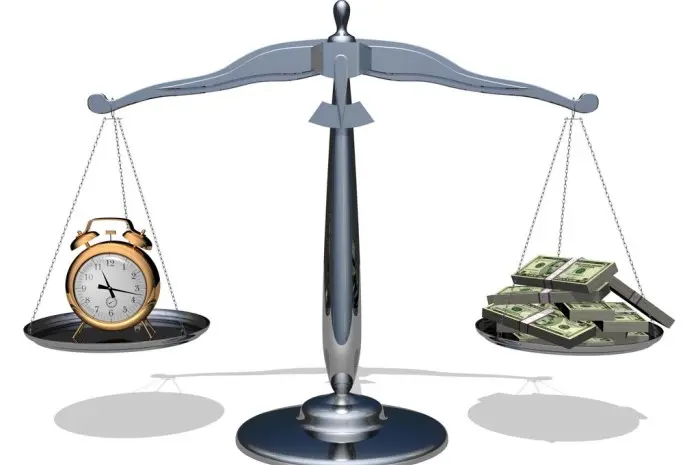Weighing the Pros and Cons of Long-Term Loans
In the world of finance, long-term loans are a critical tool for individuals and businesses looking to fund major investments or manage cash flow. These loans, typically extending beyond a year, come with their unique set of advantages and disadvantages. Understanding these can help borrowers make informed decisions that align with their financial goals and circumstances.
Pros of Long-Term Loans
1. Extended Repayment Period
The most apparent benefit of a long-term loan is the extended repayment period. This feature allows borrowers to manage their finances without the immediate pressure of repaying a large sum. It’s particularly beneficial for significant investments like buying a home, funding higher education, or starting a new business.
2. Lower Monthly Payments
With a longer amortization period, the monthly payments are generally lower compared to short-term loans. This can ease the borrower’s monthly financial burden, making it more feasible to manage other expenses and investments.
3. Improved Cash Flow for Businesses
For businesses, long-term loans can be instrumental in managing cash flow. They provide the necessary capital to invest in growth opportunities without hampering operational liquidity.
4. Fixed Interest Rates
Many long-term loans offer fixed interest rates, which can protect borrowers from the volatility of fluctuating rates. This predictability in repayments aids in financial planning and budgeting.
5. Building Credit Score
Regularly paying off a long-term loan can positively impact an individual’s credit score. A higher credit score can lead to better loan terms in the future, including lower interest rates.
Cons of Long-Term Loans
1. Higher Overall Interest Payments
One of the most significant drawbacks of long-term loans is the higher total amount paid in interest over the loan’s life. The longer the loan period, the more interest accrues, which can significantly inflate the total repayment amount.
2. Collateral Requirement
Long-term loans, especially those involving large sums of money, often require collateral. This requirement can put personal or business assets at risk if the borrower defaults on the loan.
3. Risk of Overborrowing
With the allure of low monthly payments, there’s a risk of borrowing more than needed. This can lead to unnecessary debt and financial strain in the long run.
4. Potential for Negative Amortization
In some cases, if the monthly payments are too low, they may not cover the interest cost, leading to negative amortization. This situation means the loan balance could increase over time, rather than decrease.
5. Reduced Flexibility
Long-term loans often come with prepayment penalties or clauses that limit financial flexibility. Borrowers looking to refinance or pay off the loan early may face additional costs.
Conclusion
Long-term loans are a double-edged sword. They offer the convenience of lower monthly payments and the ability to finance significant investments. However, they also come with risks like higher total interest costs and potential loss of collateral. Individuals and businesses must carefully evaluate their financial situation, future income stability, and investment goals before opting for a long-term loan.
It’s also advisable to consult with financial advisors to make a decision that best suits one’s specific needs and circumstances. In the end, the decision to choose a long-term loan should be grounded in a thorough understanding of its implications and an assessment of the borrower’s long-term financial strategy.



